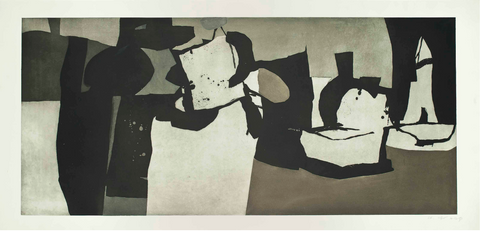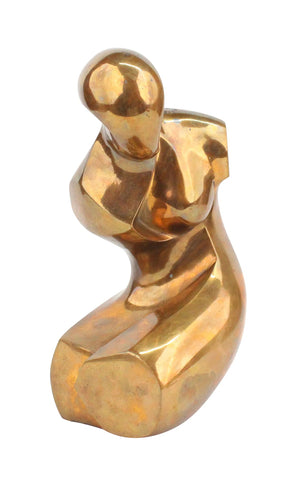
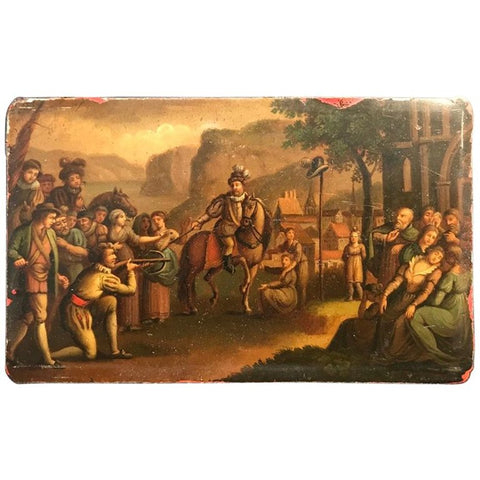
John J. Gredler Works of Art
Swiss Oil Painting of the Legend of William Tell
$2,800.00
Call For Location | 203-325-8070
19th century oil on tin depicting the Legend of William Tell, showing Tell on bended knee aiming the crossbow at his son, bound and blindfolded against a tree with the apple on his head. Gessler is on horseback in the center, the pole with his hat on it that Tell refused to bow to next to him. A wonderfully detailed painting of the legend. In a later gilt wood frame.
Size of tin unframed: 5 9/16 wide by 3 7/16 high inches. Framed: 10.25 wide by 8 high by 2 deep.
The model for the painting is a copper engraving by the artists A. Zucchi and J. C.
Circa 1805 -1830.
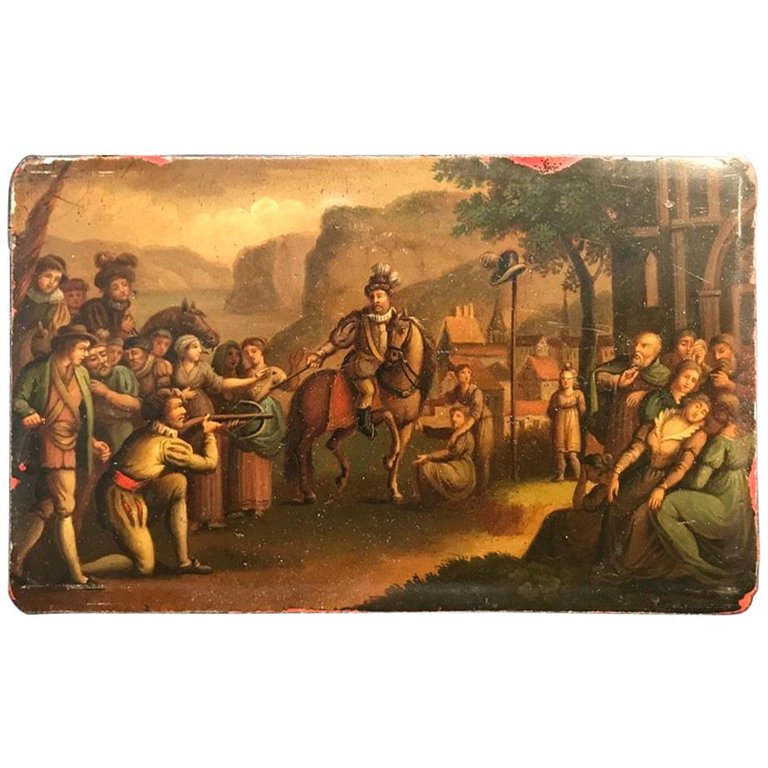
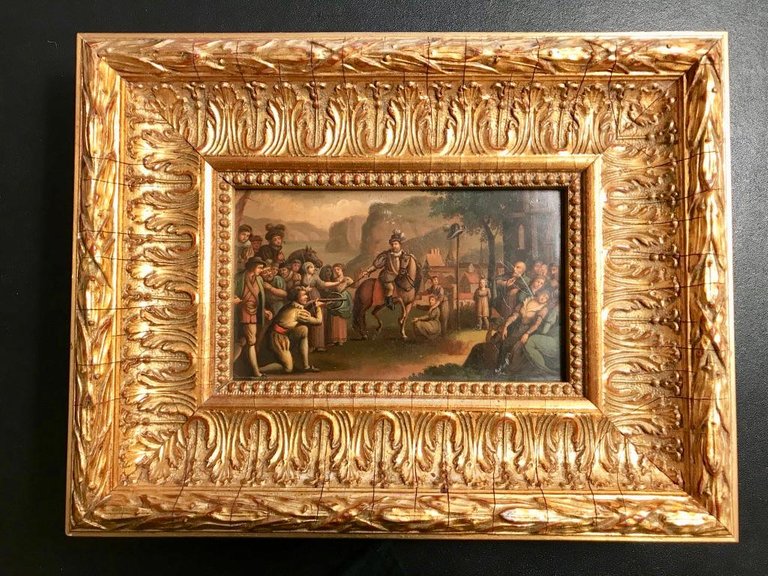
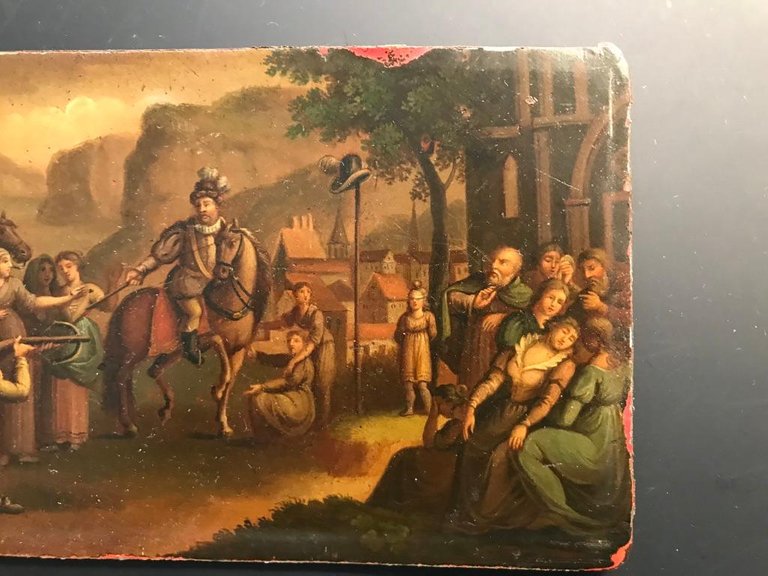
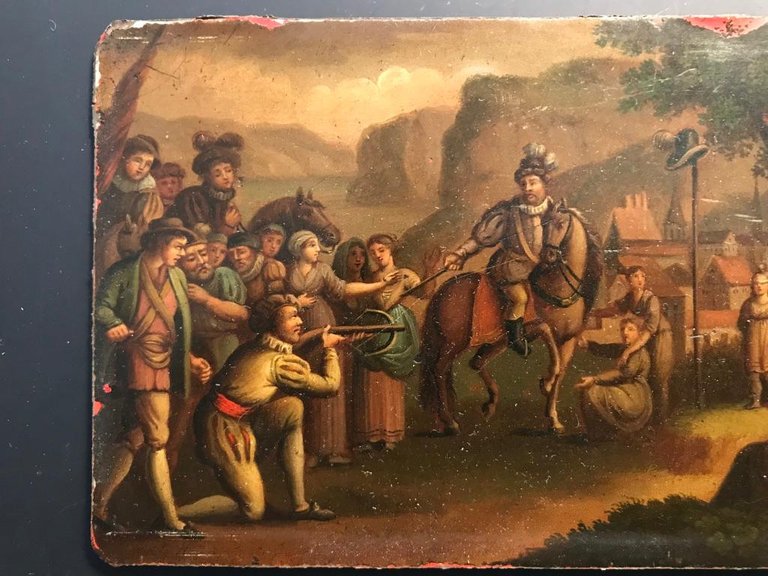
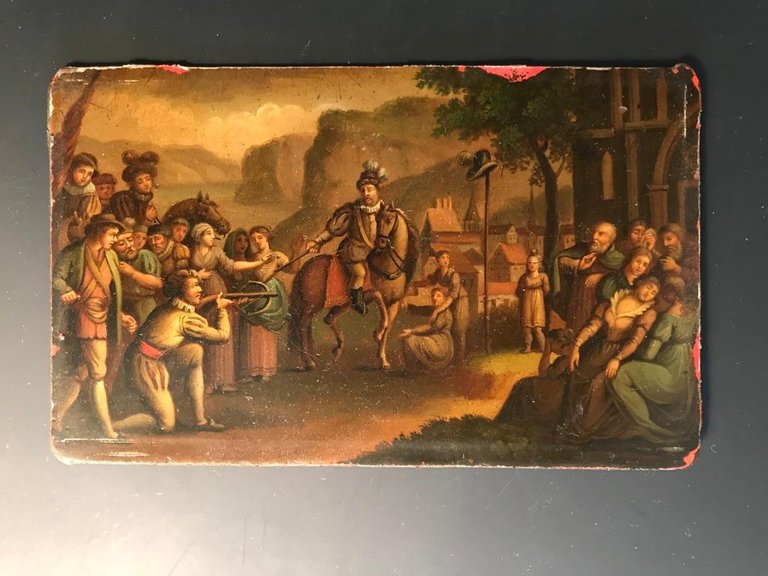
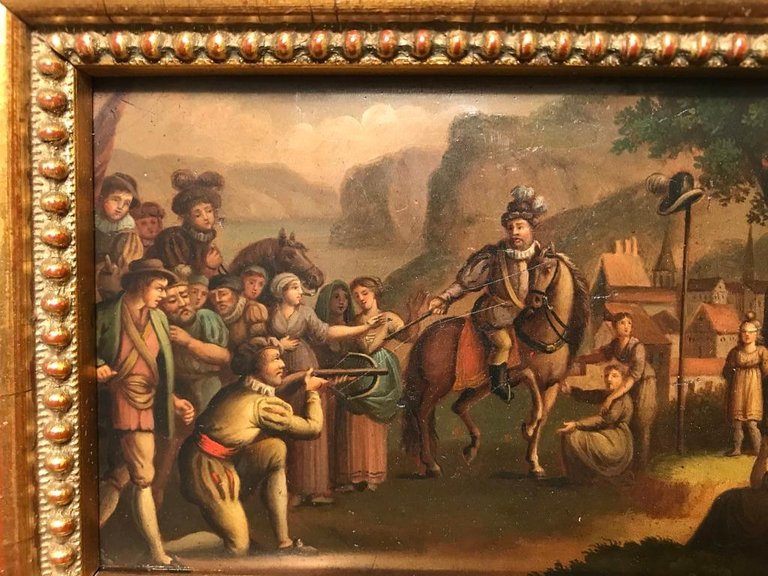
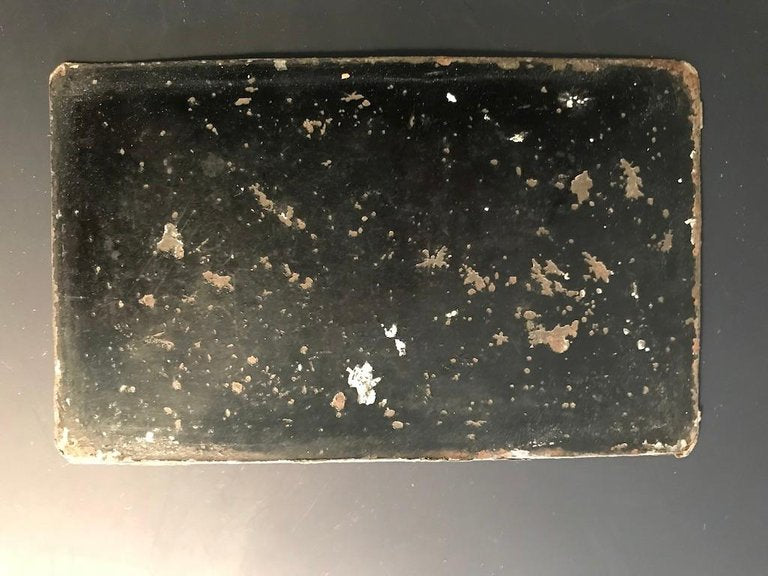
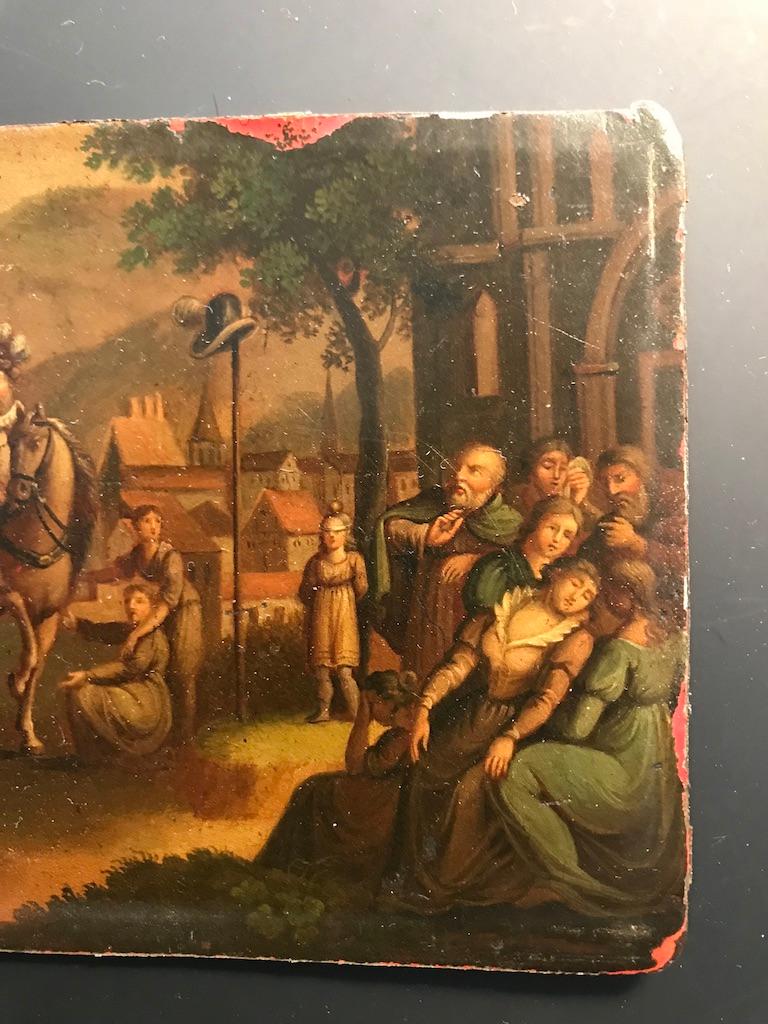
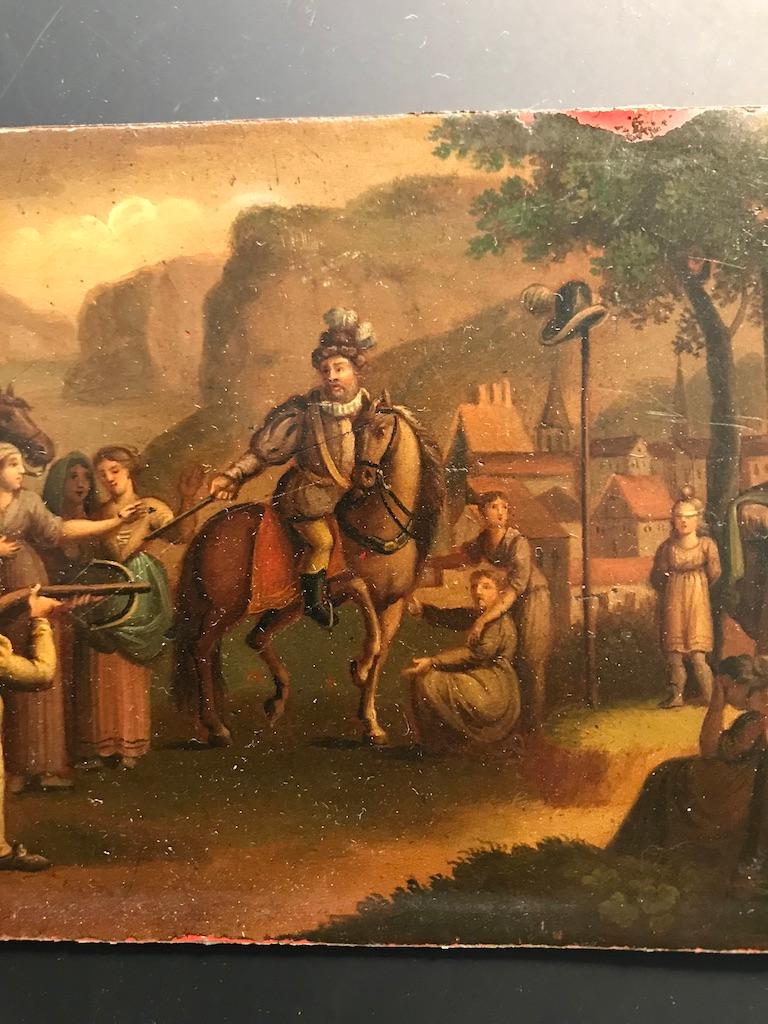
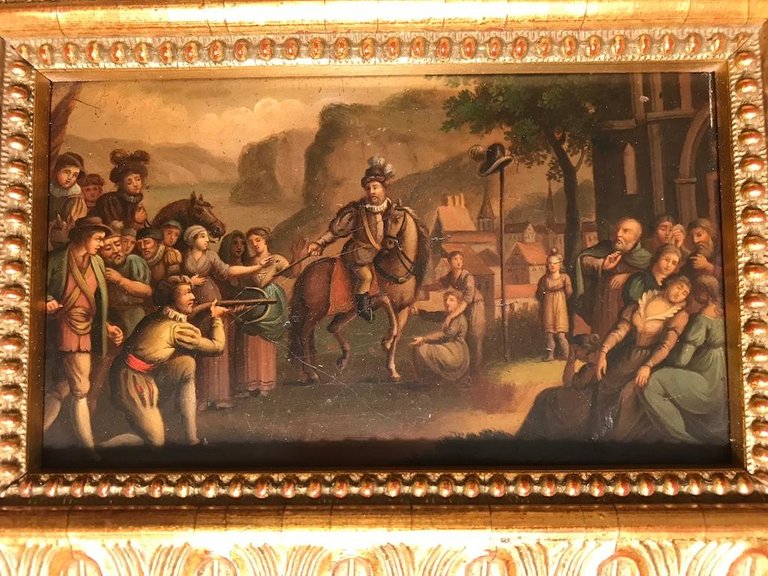
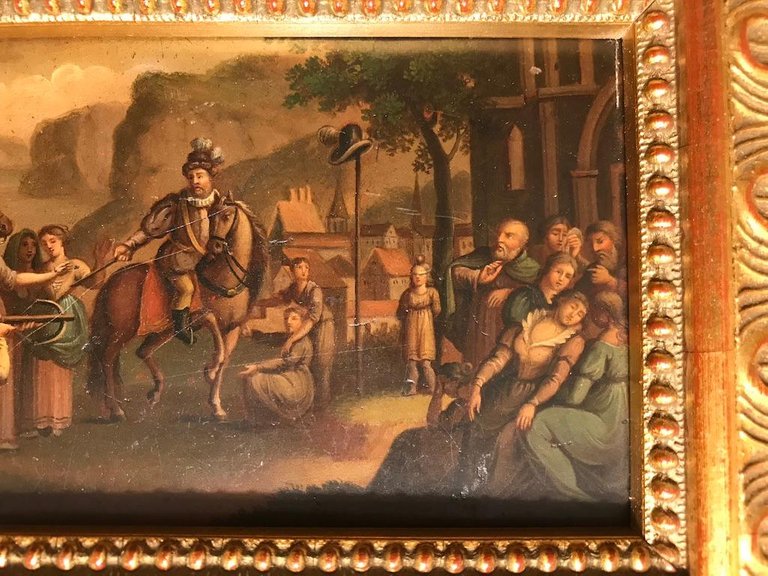
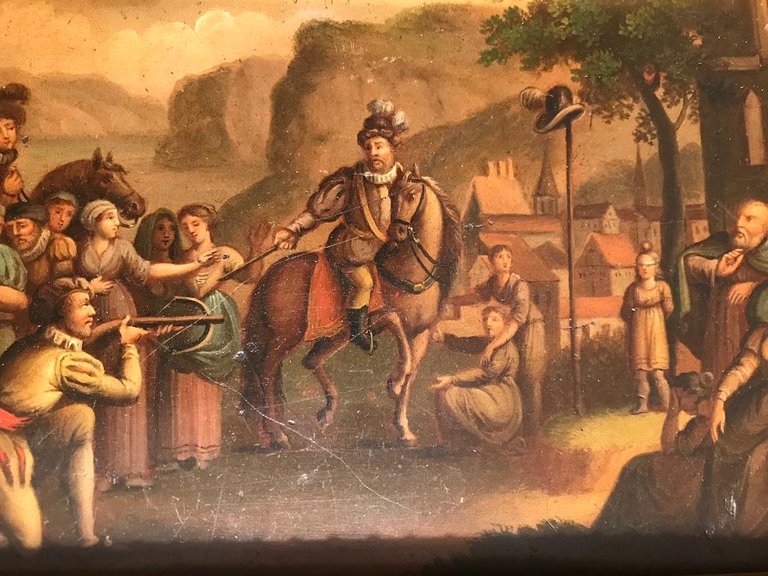
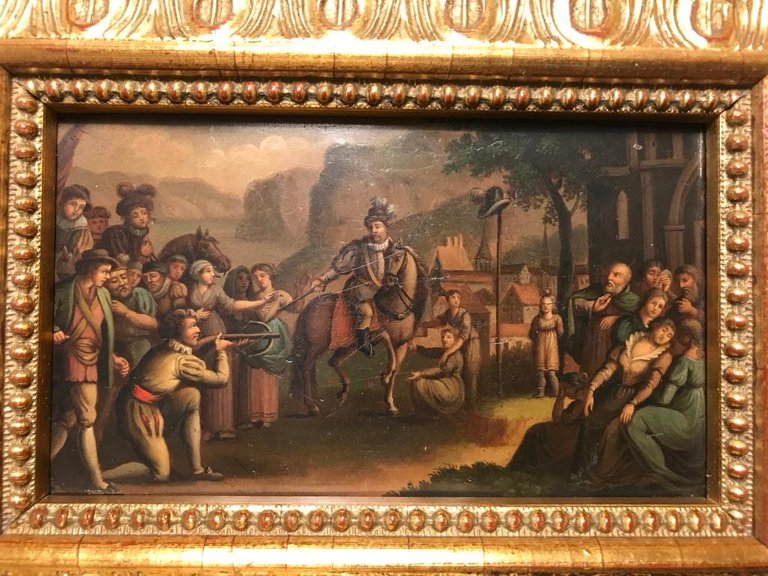
John J. Gredler Works of Art
Swiss Oil Painting of the Legend of William Tell
19th century oil on tin depicting the Legend of William Tell, showing Tell on bended knee aiming the crossbow at his son, bound and blindfolded against a tree with the apple on his head. Gessler is on horseback in the center, the pole with his hat on it that Tell refused to bow to next to him. A wonderfully detailed painting of the legend. In a later gilt wood frame.
Size of tin unframed: 5 9/16 wide by 3 7/16 high inches. Framed: 10.25 wide by 8 high by 2 deep.
The model for the painting is a copper engraving by the artists A. Zucchi and J. C.
Circa 1805 -1830.














